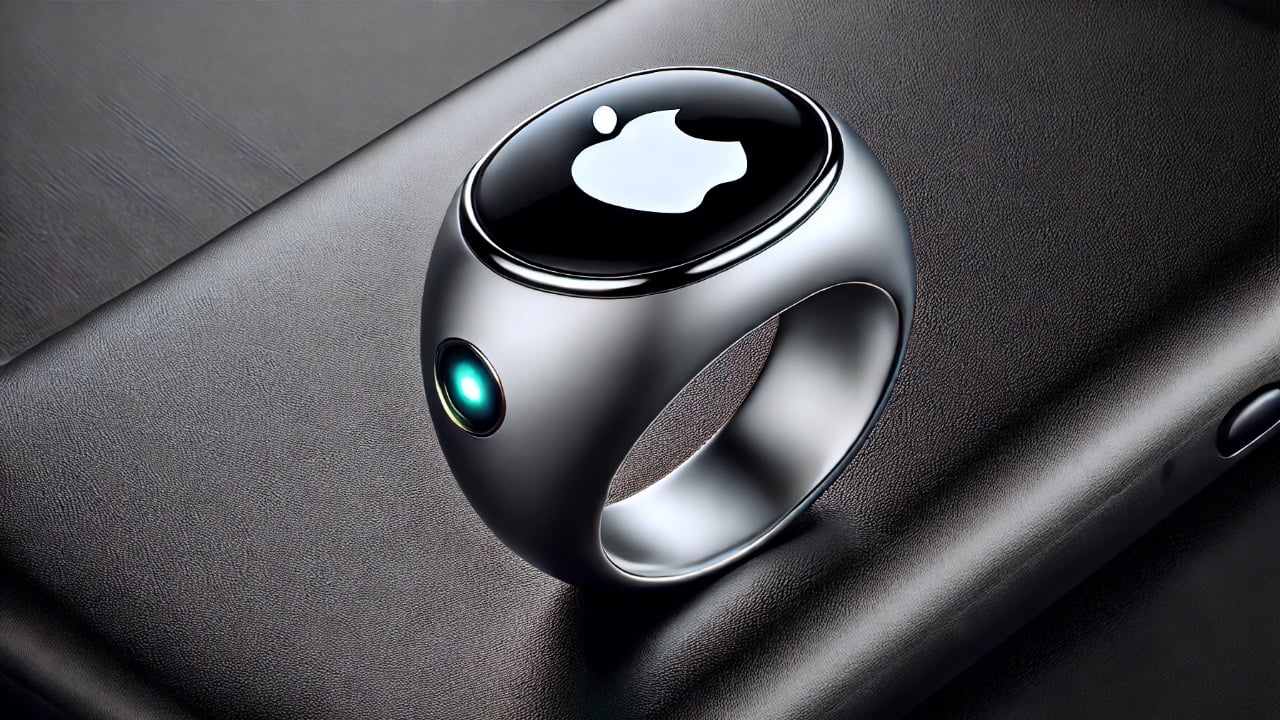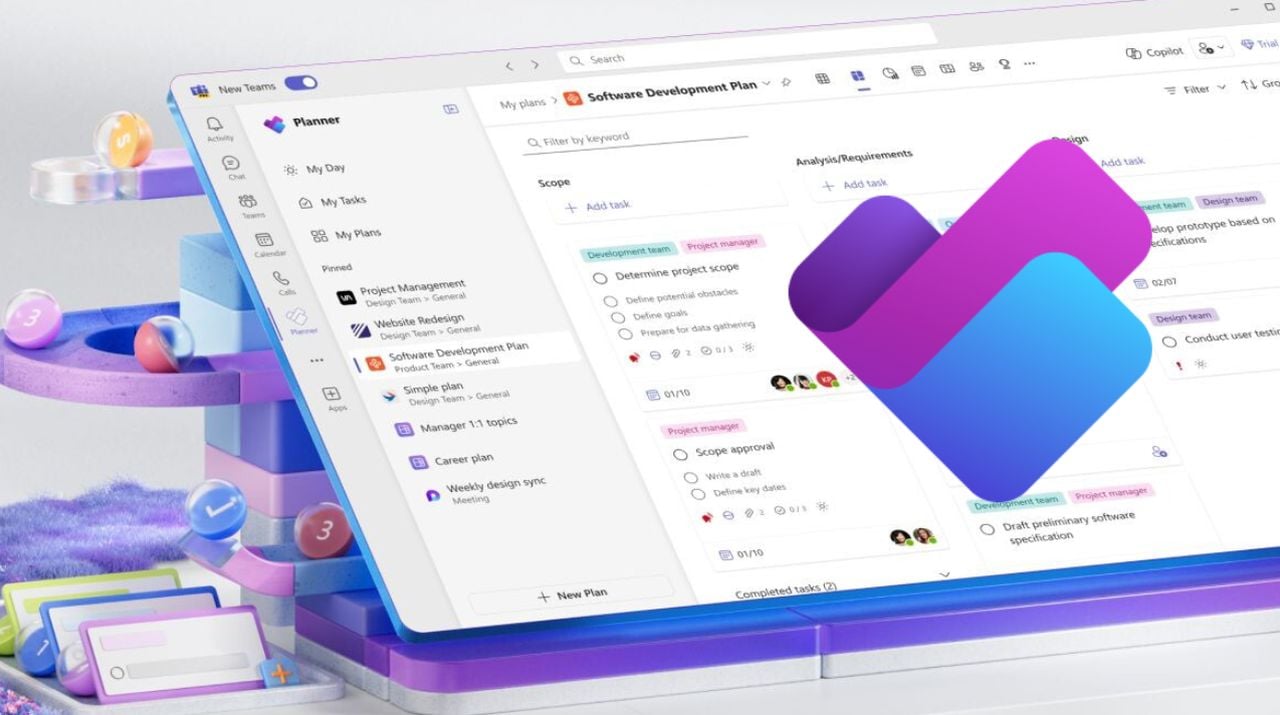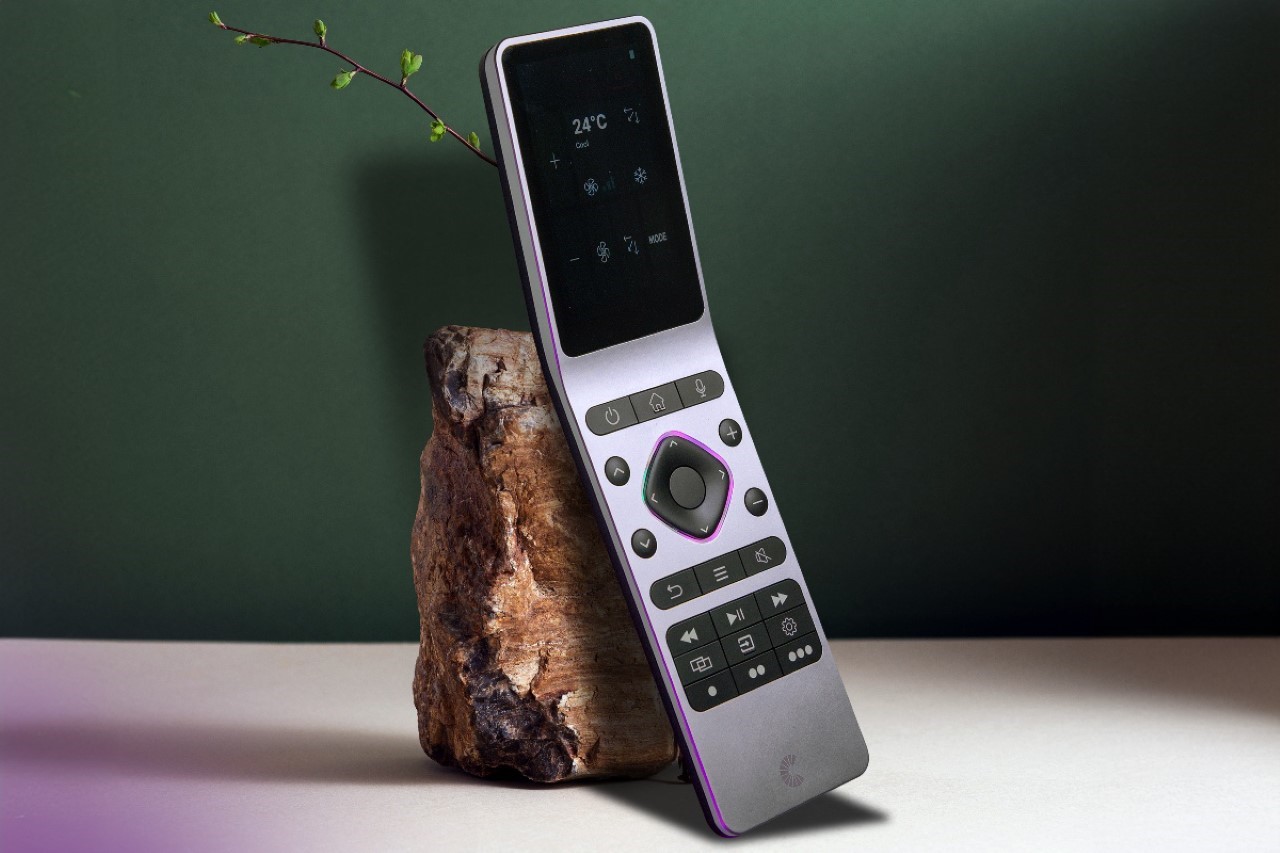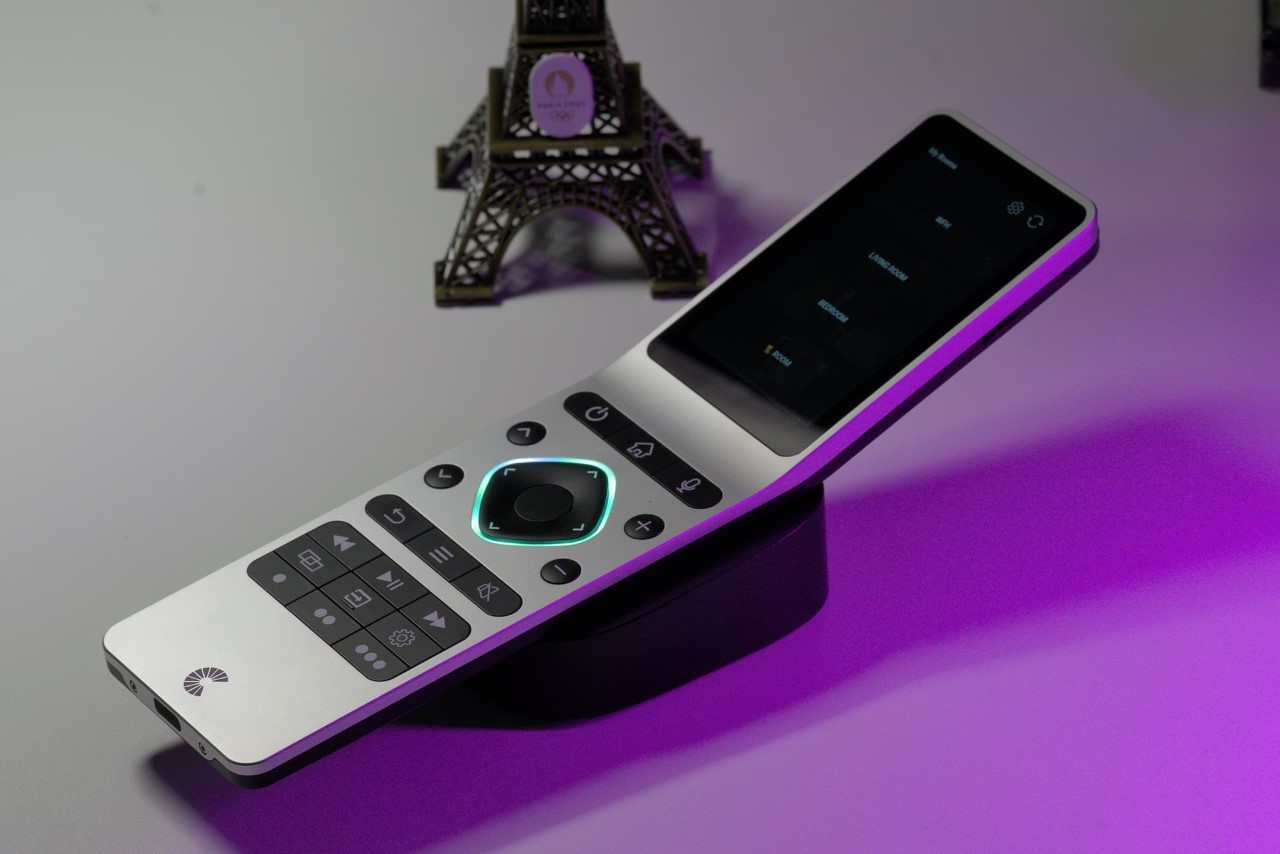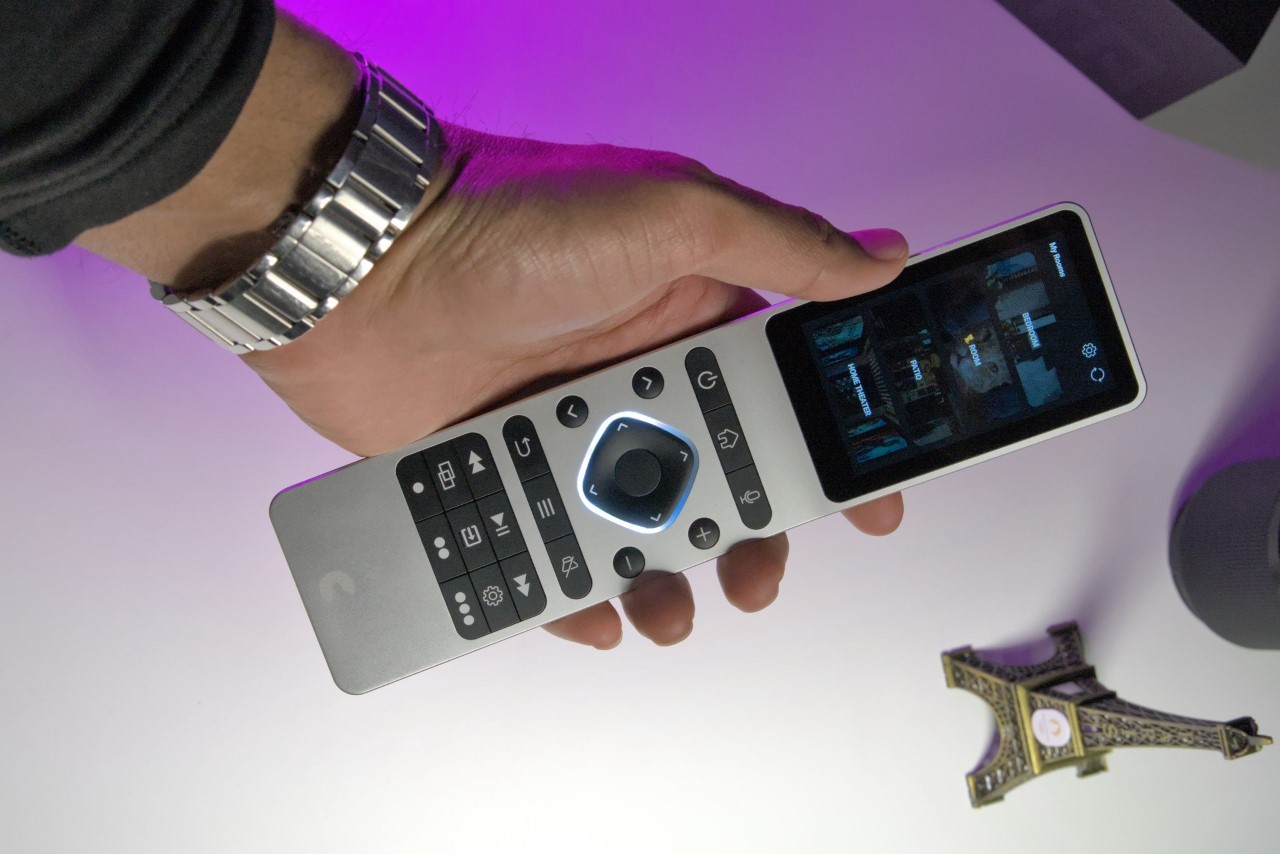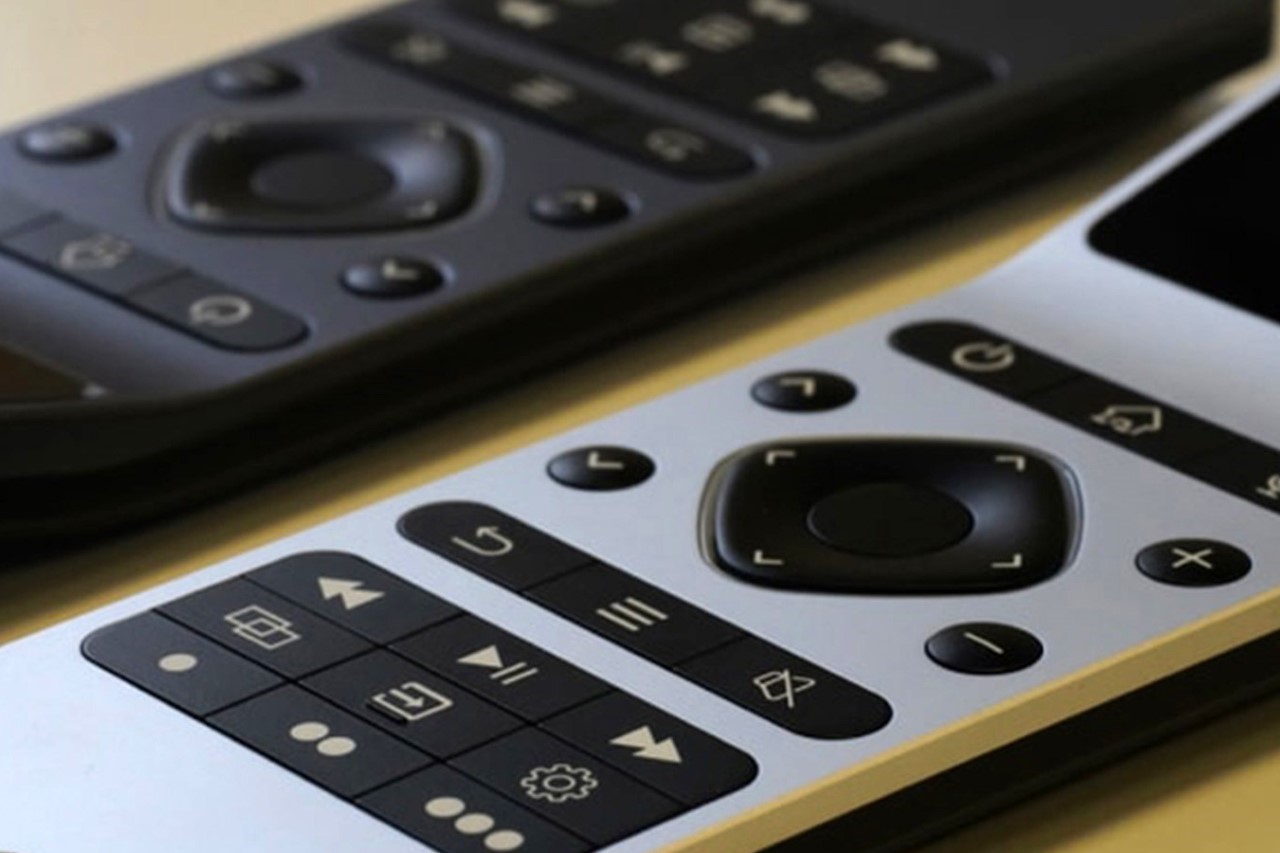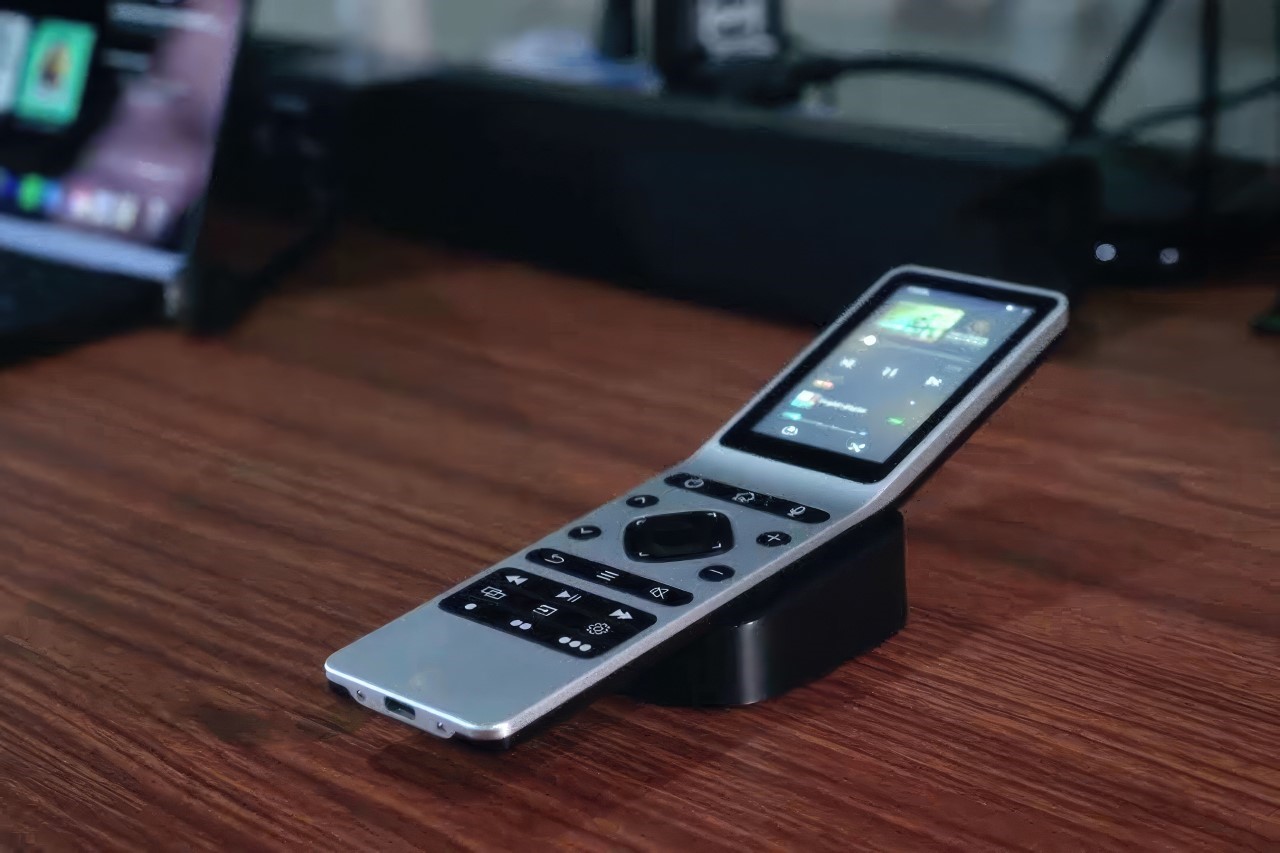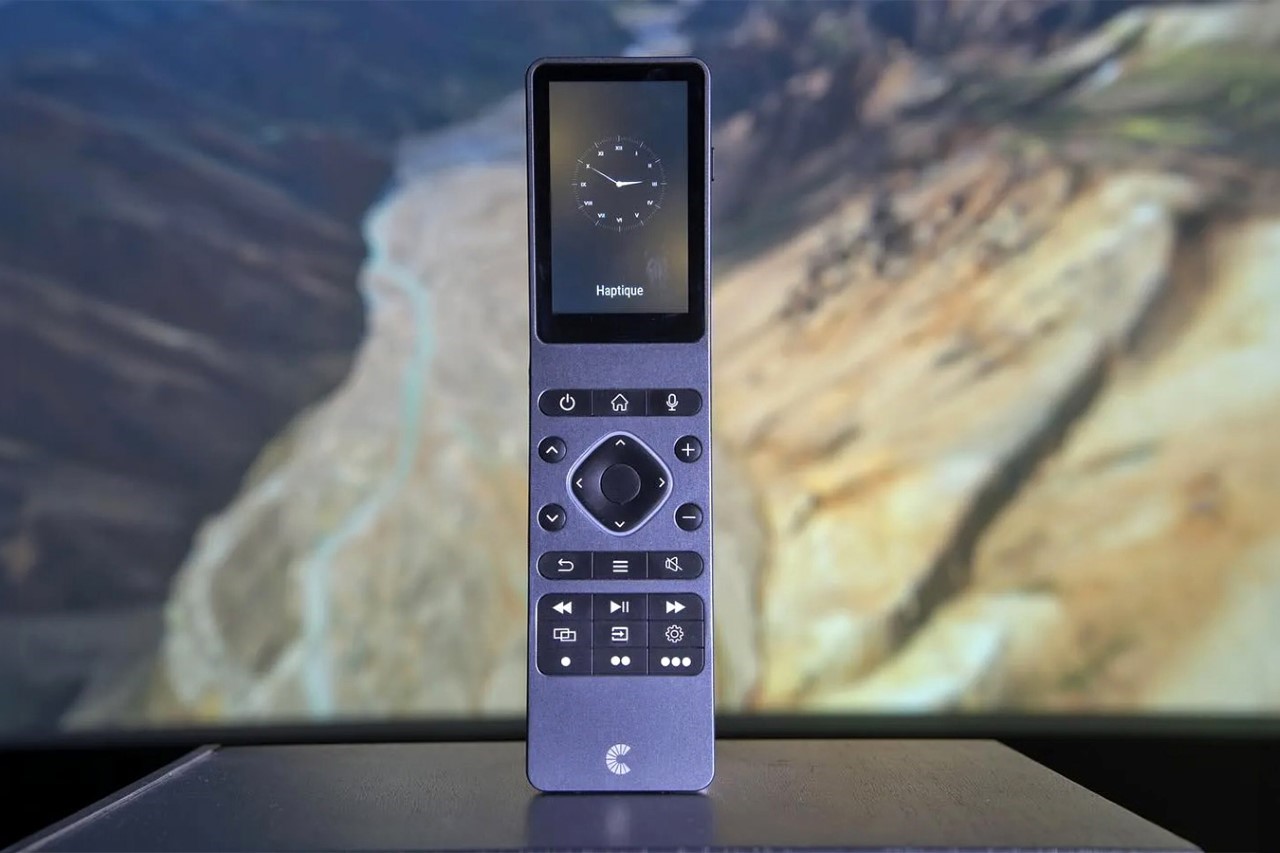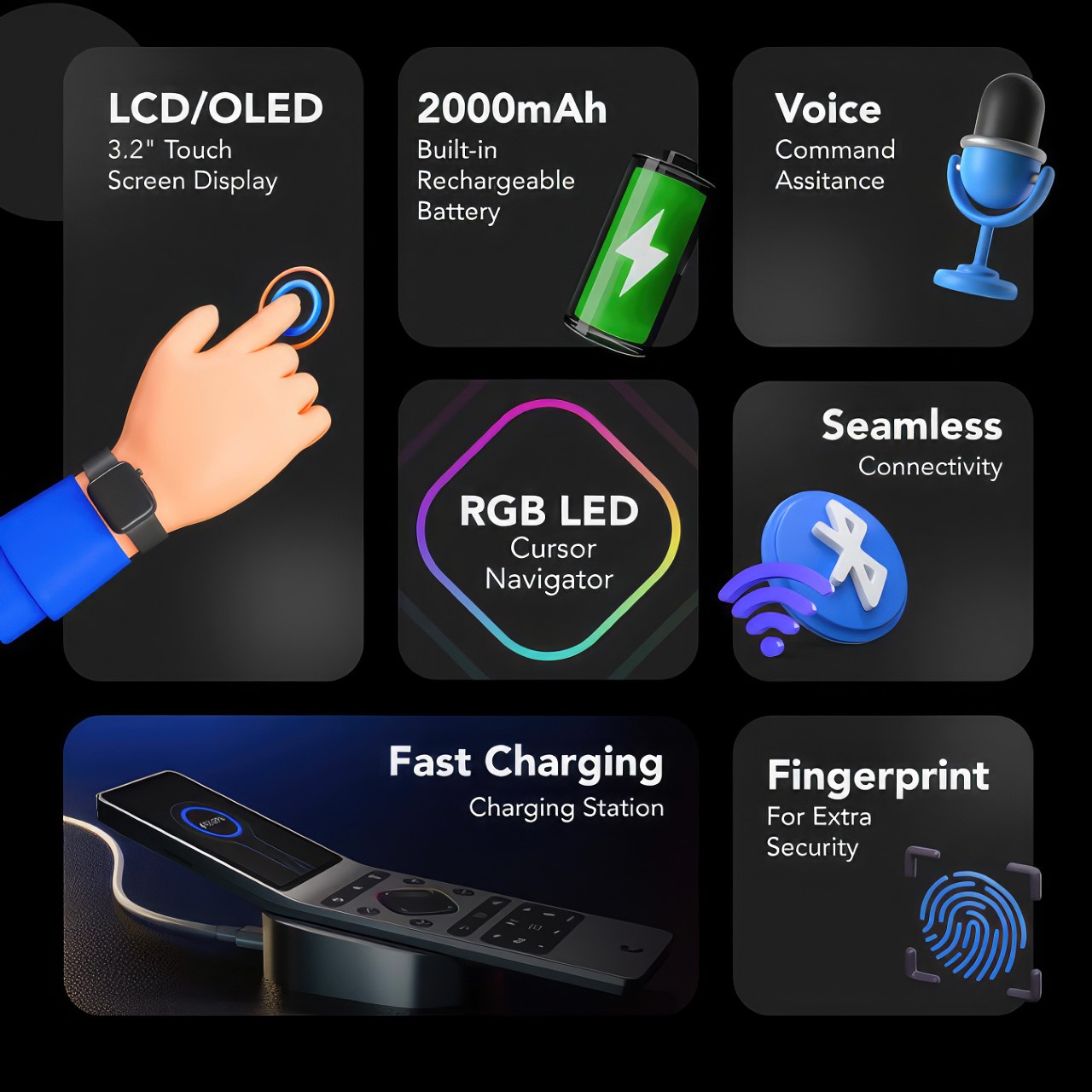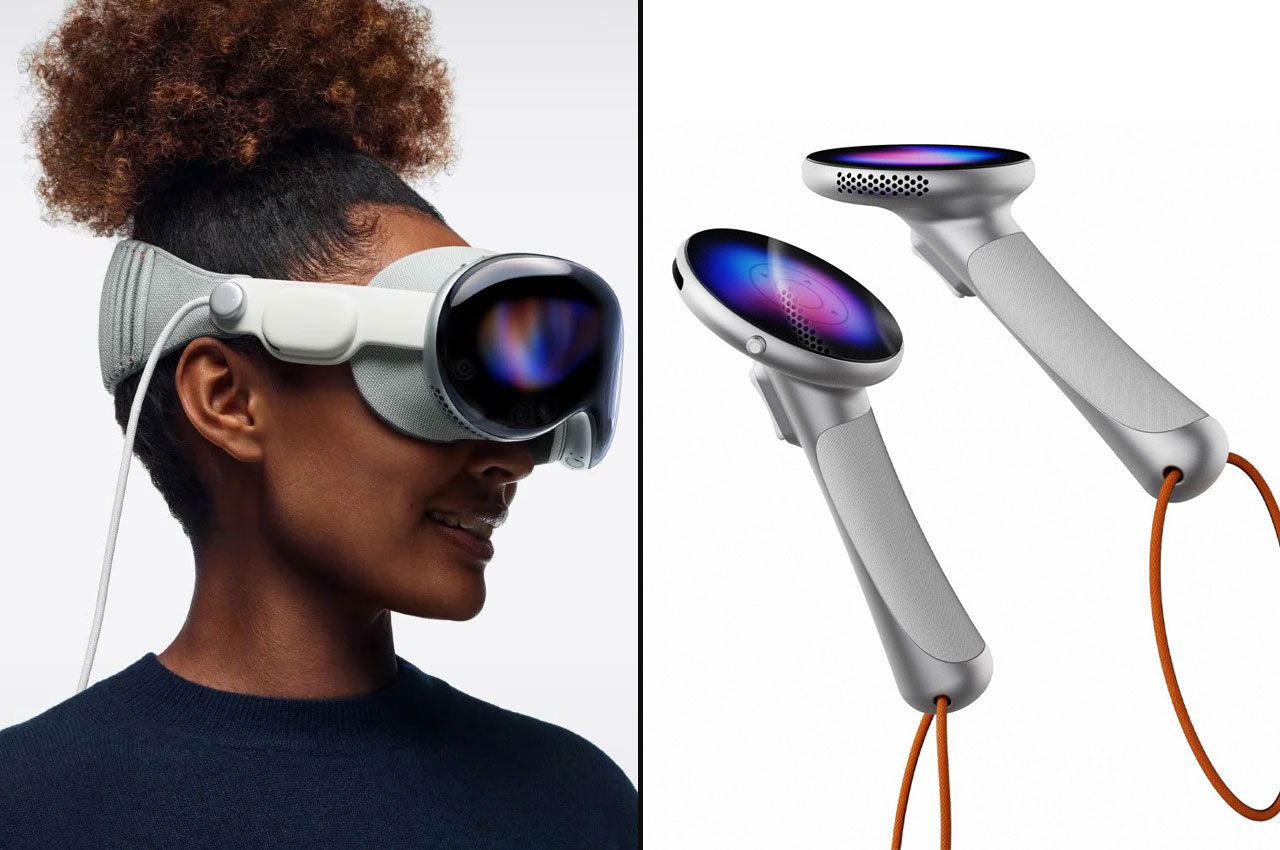
Apple never fails to mesmerize us with its incredible designs. Let’s take a moment to appreciate all the awesome products and inspiration Apple has provided us with. The groundbreaking tech giant never fails to surprise us, we always find ourselves biting our nails and squirming with curiosity, whenever Apple announces a new product launch. Their ingenious and mesmerizing designs and design philosophy have inspired and influenced designers all over the world, resulting in some pretty unique Apple-inspired designs. And we encountered some pretty amazing Apple-inspired concepts in the past few months. From a touch controller for the Apple Vision Pro to an Apple-inspired alarm clock – these mind-blowing designs are the best of the lot and a dream for every Apple lover.
1. Apple Vision Joystick Pro Max
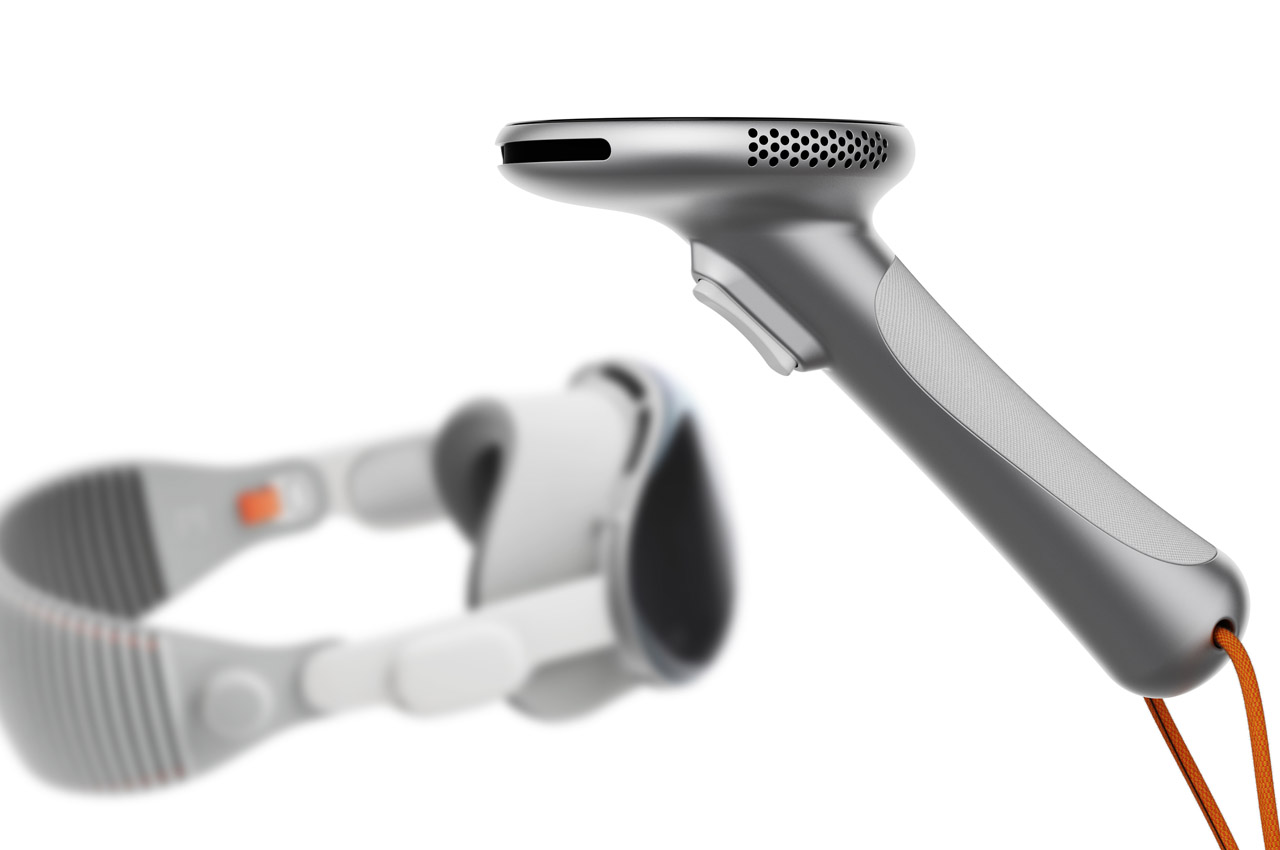
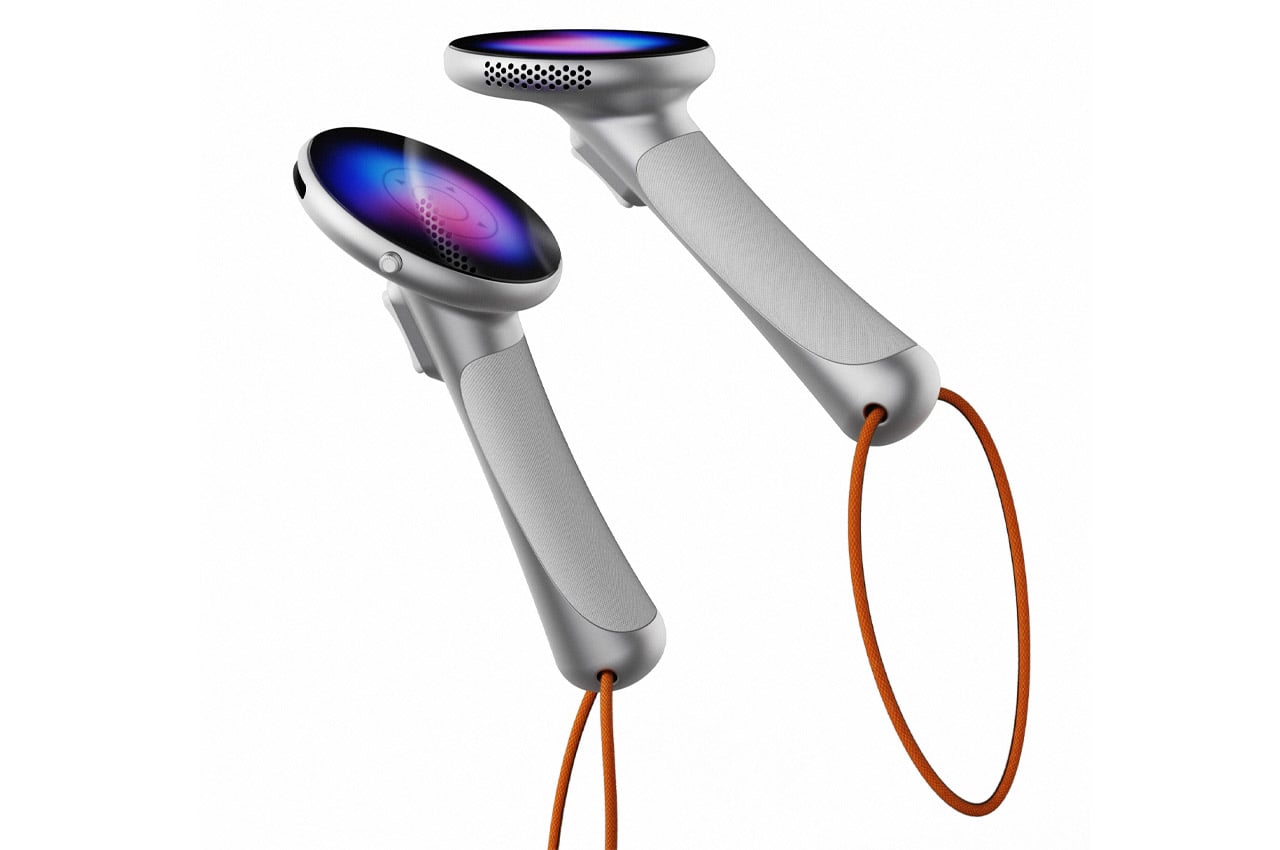
This is the “Apple Vision Joystick Pro Max” – a conceptual design of the Apple Vision Pro Controller by Alex Casabò. The sleek-looking controllers seem to perfectly complement the headset’s futuristic look, and they’re designed to offer smooth and seamless functionality irrespective of what you throw at them. They will elevate the gaming experience for every kind of modern game out there, taking note of the VR environment. The controller is amped with a top surface, equipped with a touch-sensitive surface for smart controls like swaying the road or reloading a sniper rifle.
2. Watch X
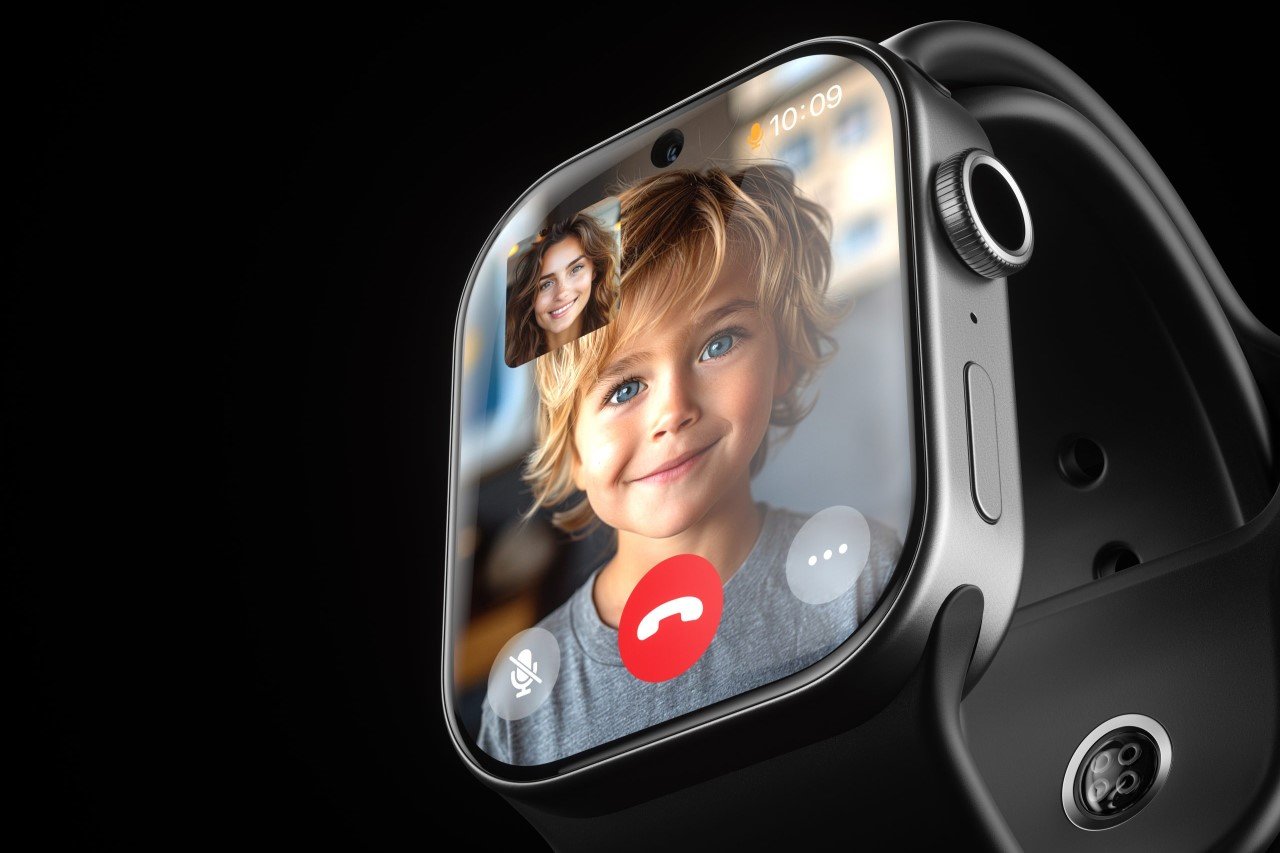

Luke Gehrer designed the Watch X to celebrate the Apple Watch’s 10-year anniversary. The Watch X is amped with a few exciting upgrades such as an edge-to-edge screen, a hole-punch camera, a blood pressure monitor built into the watch strap, as well as TouchID integrated into the crown. By adding these incredible touches, Gehrer doesn’t simply make the Watch better, he converts it into a miniature iPhone, which is something Apple has done before, by converting the iPad into a mini MacBook!
3. Apple-Inspired Alarm Clock
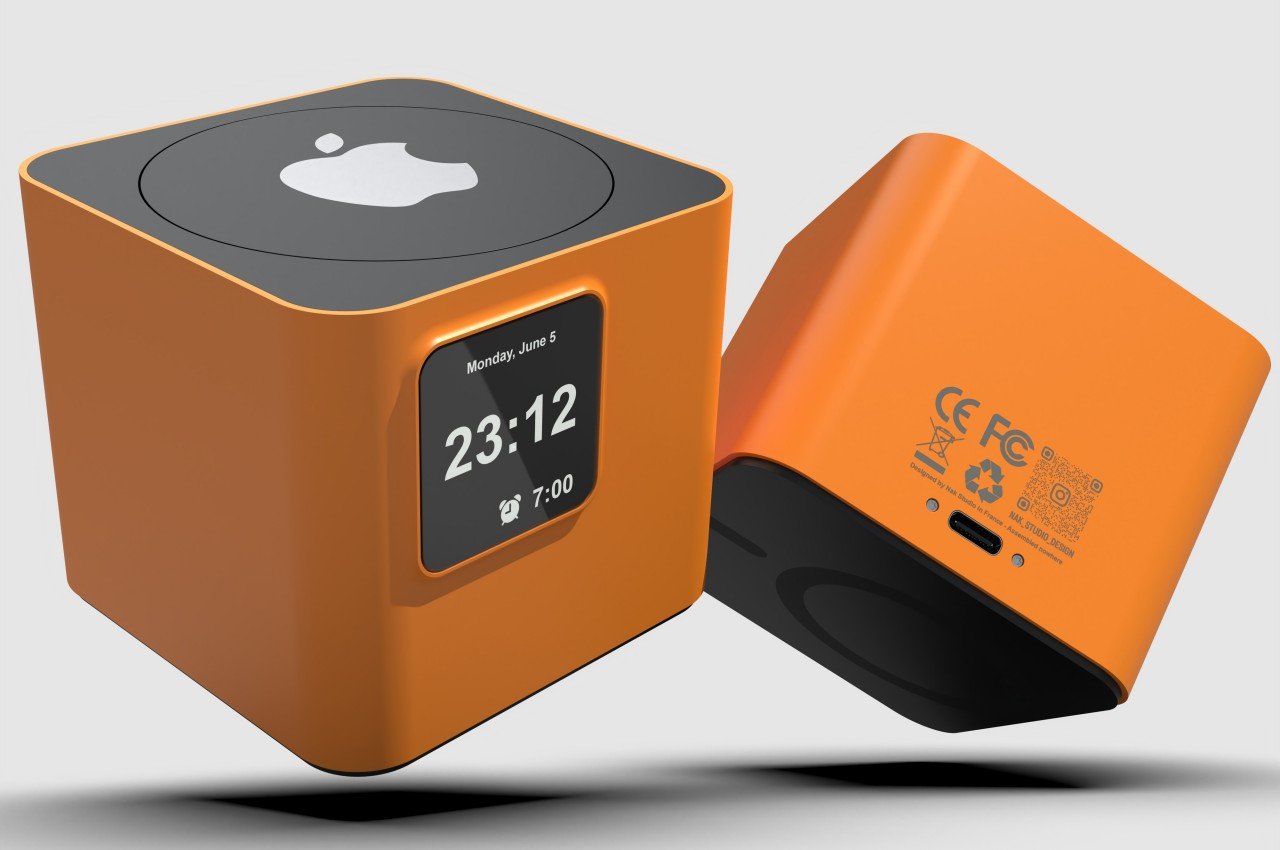
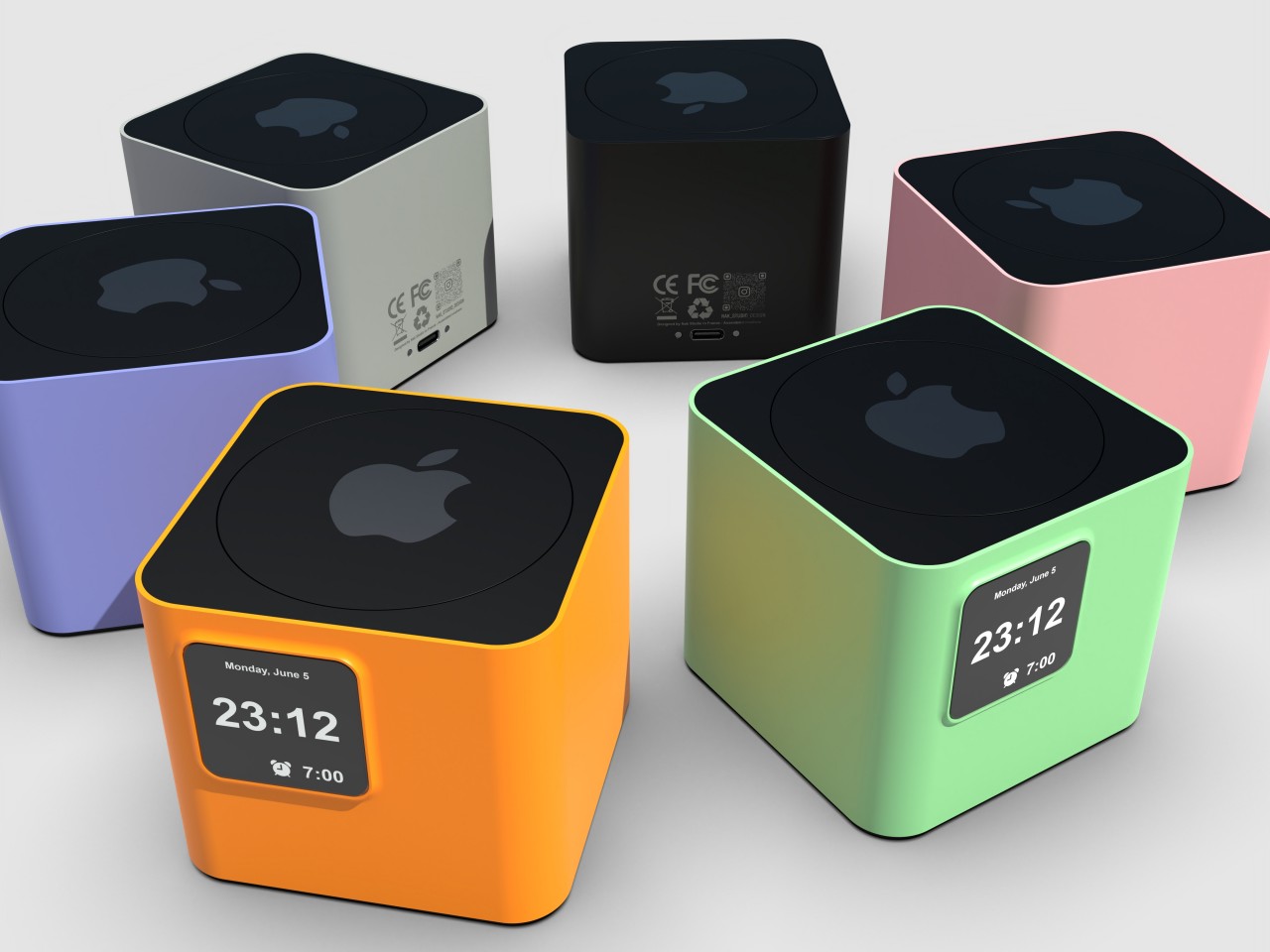
This Apple-inspired alarm clock features a big flat button on top it, which lets you snooze the alarm, and extend your sleep, without waking you up entirely from your slumbering state. You can hit the button even with your eyes closed, which is the aim behind the design. The design of the alarm clock is pretty streamlined since it has a focused purpose. It features Apple’s famous minimalist design language and is essentially a small cube with a small LCD screen on the front, and a USB-C charging port on the back, with Apple’s logo on the top.
4. iPhone Fold
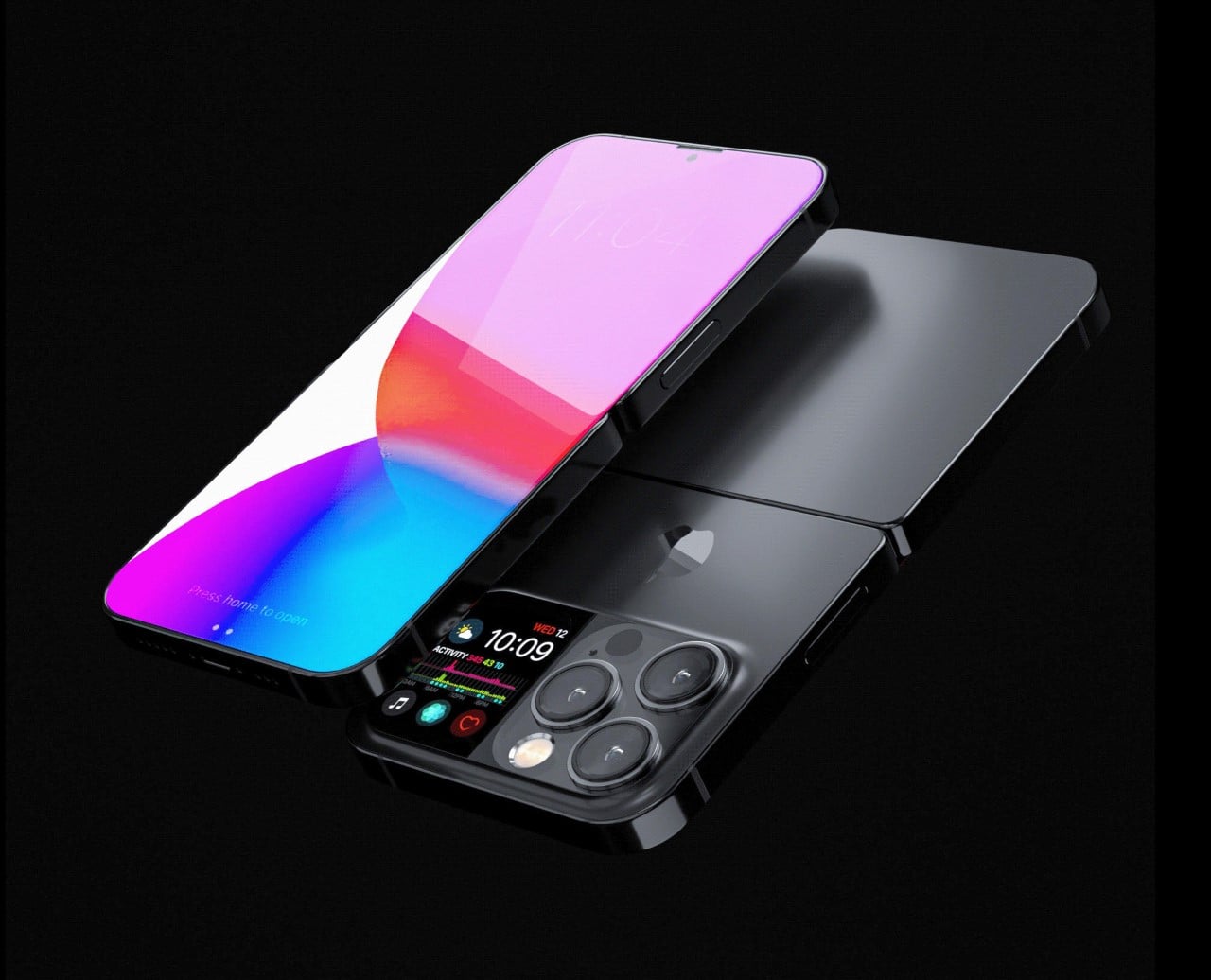
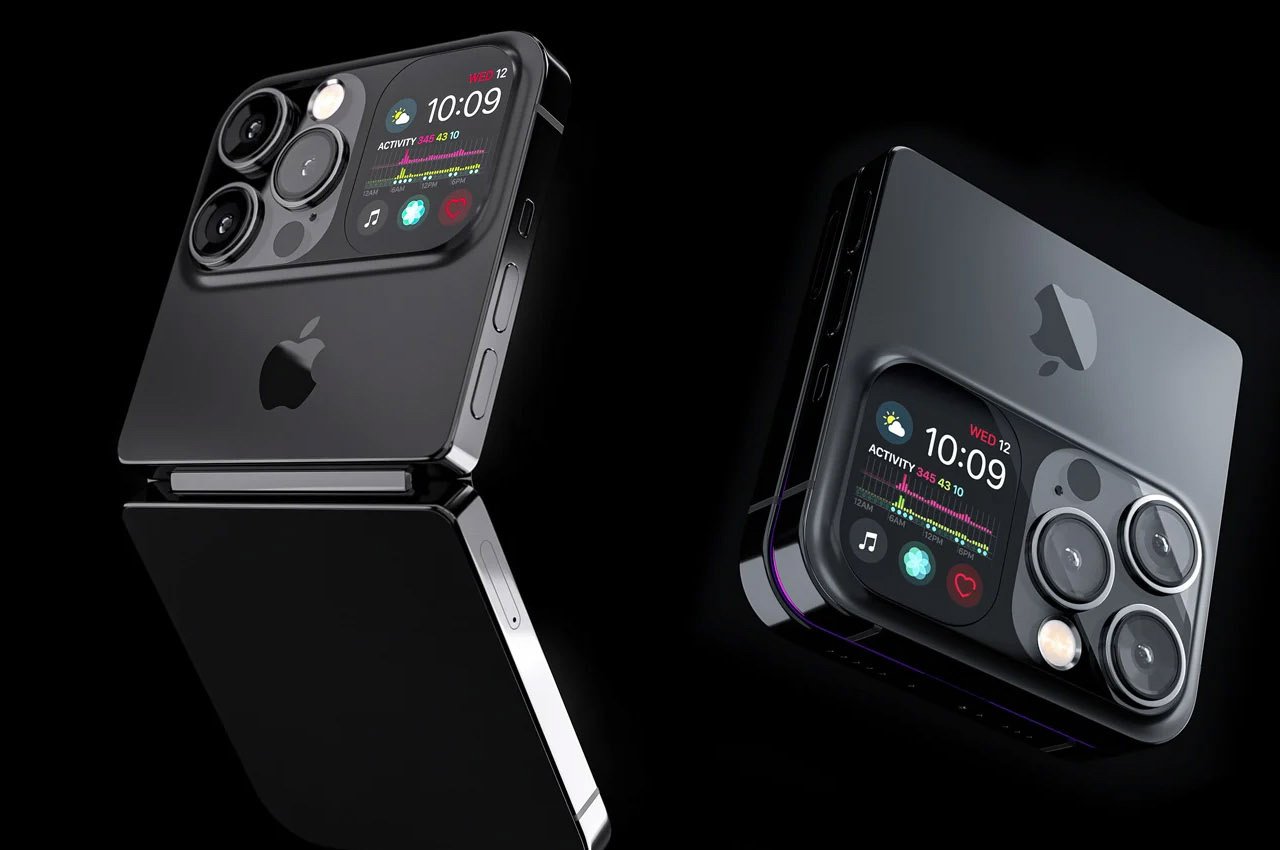
Called the iPhone iFold, this conceptual design is an innovative foldable phone by Micheal Dufka. The iFold is inspired by the format of the MotoRAZR and the Samsung Galaxy Z Flip. It has a clamshell-style folding design which offers a compact iPhone with a large screen. It features two displays, with a smaller display placed to the side of the camera bump. You can access essential stats and important notifications without actually opening your phone! It has the same convenience as an Apple Watch.
5. Modern iPhone 4 Concept
![]()
![]()
Designer Nathan Basset feels that the iPhone 4 is the best-looking iPhone there was, and he designed an incredible smartphone concept inspired by it. Nathan’s modern iPhone 4 features two massive camera lenses which softly protrude out from the flat surface of the phone. It is equipped with a Dynamic Island on the front, and a USB-C on the bottom. But unlike the OG iPhone 4, this one doesn’t have a Home button or any other button for that matter. However, it does have a flush control surface and a mute switch.
6. MacBook Go
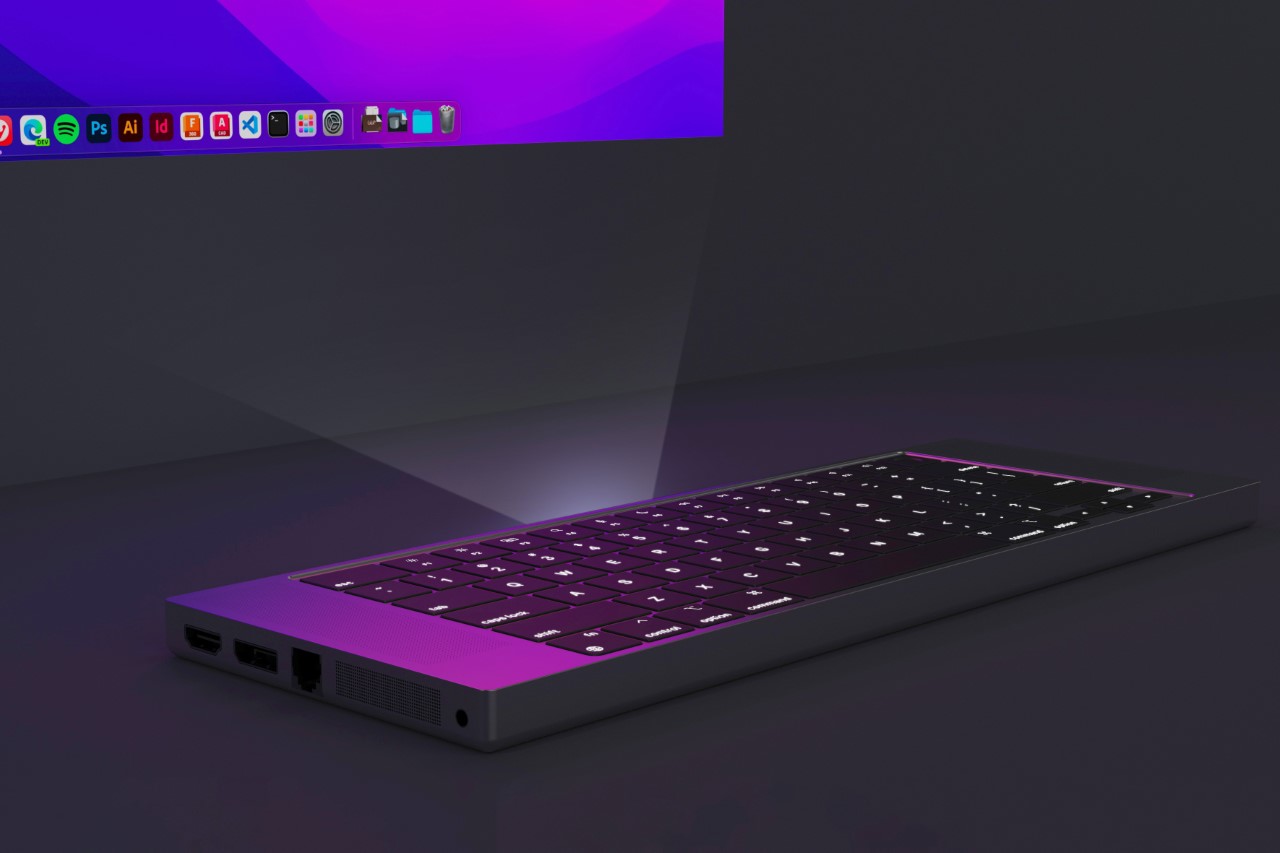
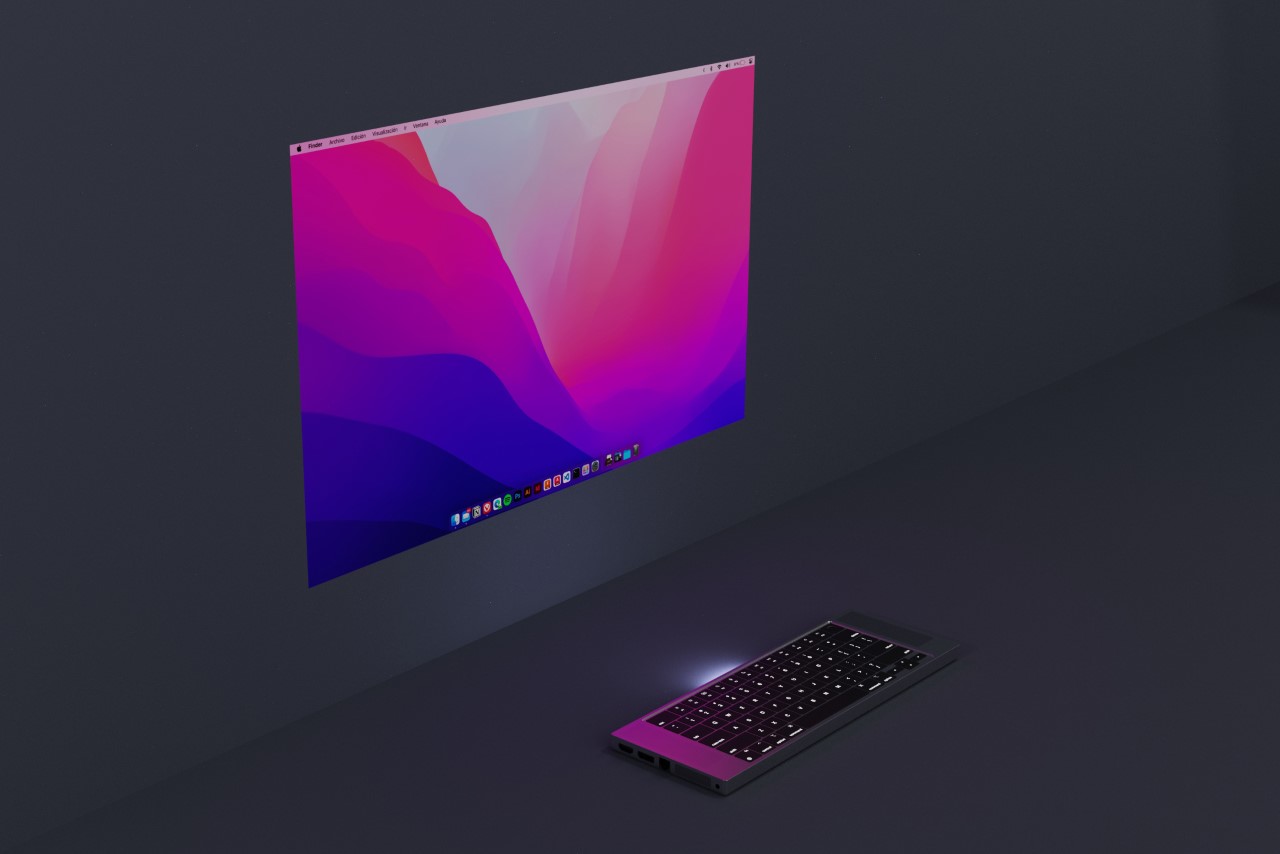
Meet the MacBook Go – a MacBook without a screen! The MacBook Go is the complete opposite of the iMac – it is basically all keyboard. Featuring its own DLP projector, this all-in-one keyboard has everything you need to work anywhere anytime. You just need to find an empty wall, pair a Magic Mouse, and you’re all set to get working. It is a keyboard-shaped device, but it functions as a full-fledged computer. How cool is that?! You don’t need spatial computing with a keyboard that serves as an entire computer system.
7. Magic Mouse Touch
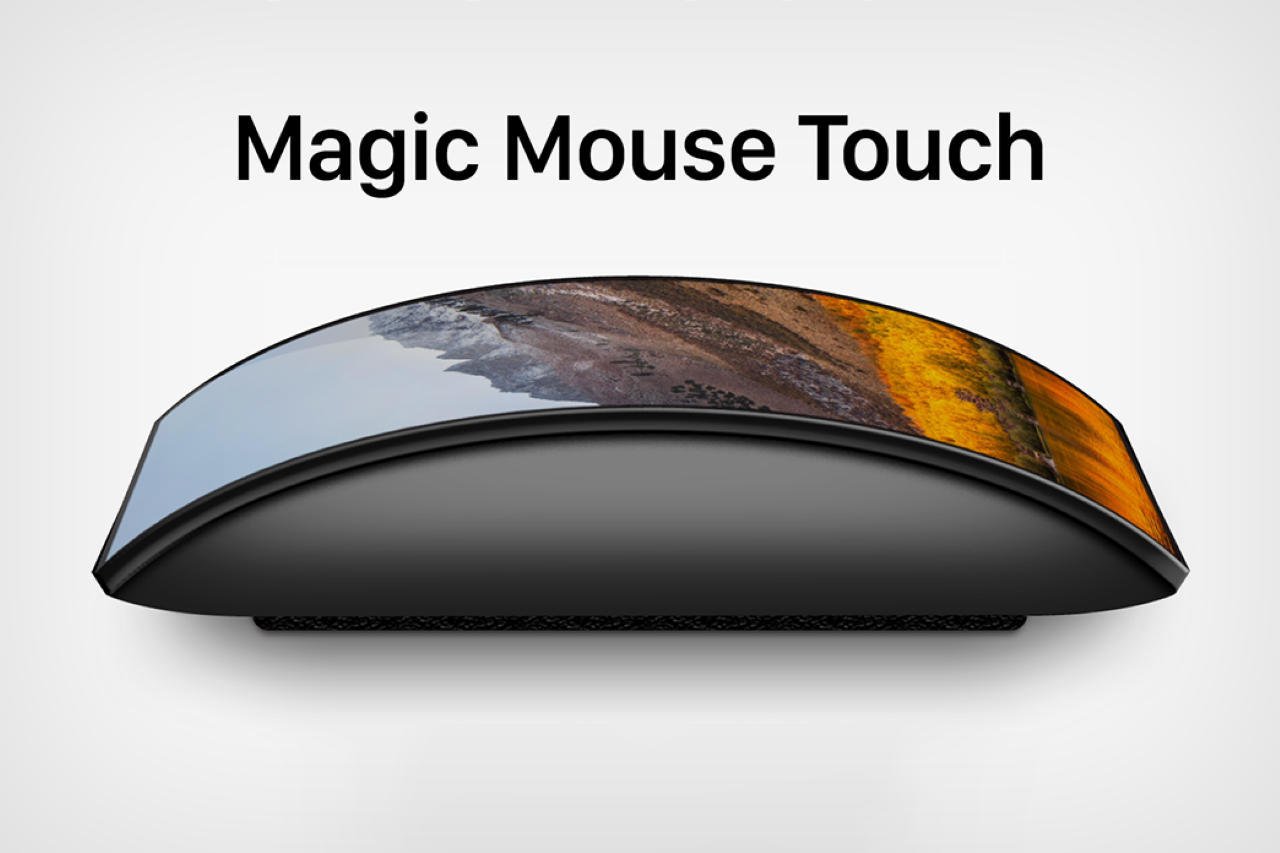
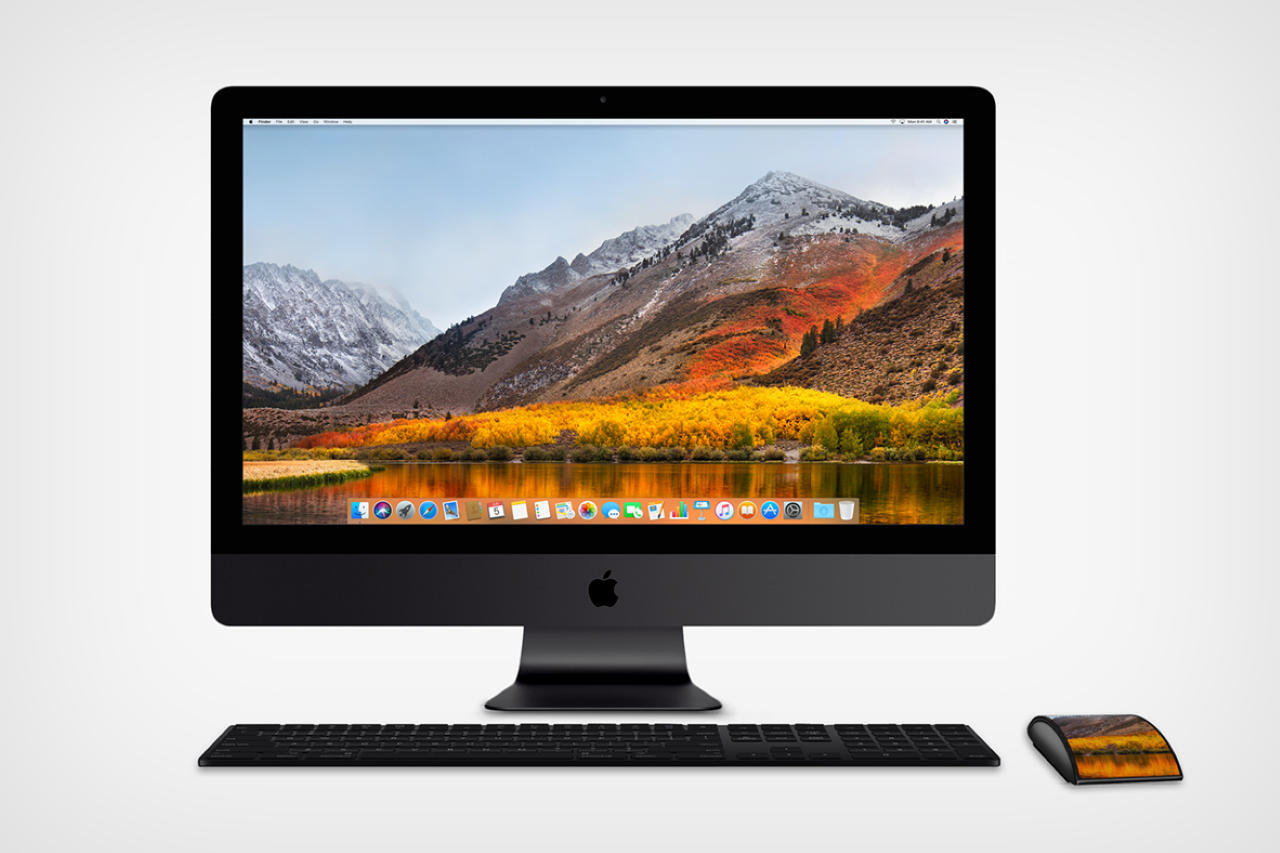
Reid Parsekian tweaked and elevated the Magic Mouse, imparting it with a cool new feature! This revamped Magic Mouse features a sprawling curved display on the top. He combines the Touch Bar with the Magic Mouse to create a device that is more user-friendly, functional, and appealing to Apple’s hardcore audience. This “Magic Mouse Touch” is designed to be an external display, something you never thought you would need but will probably want now. It serves as a better mouse too!
8. Apple Car Concept


This mesmerizing Apple Car was created by Dall-E 2 based on a text prompt from the designer, educator, and YouTuber John Mauriello. The incredible-looking car is really quite unique, and is intended to be a ‘minimalist Sportscar inspired by a Macbook and a Magic Mouse, built out of aluminum and glass’. It features a sleek and curvilinear quality and is a complete looker. The car is amped with a machine aluminum body, and zero breaks on the surface.
9. All-Screen Apple MacBook Concept
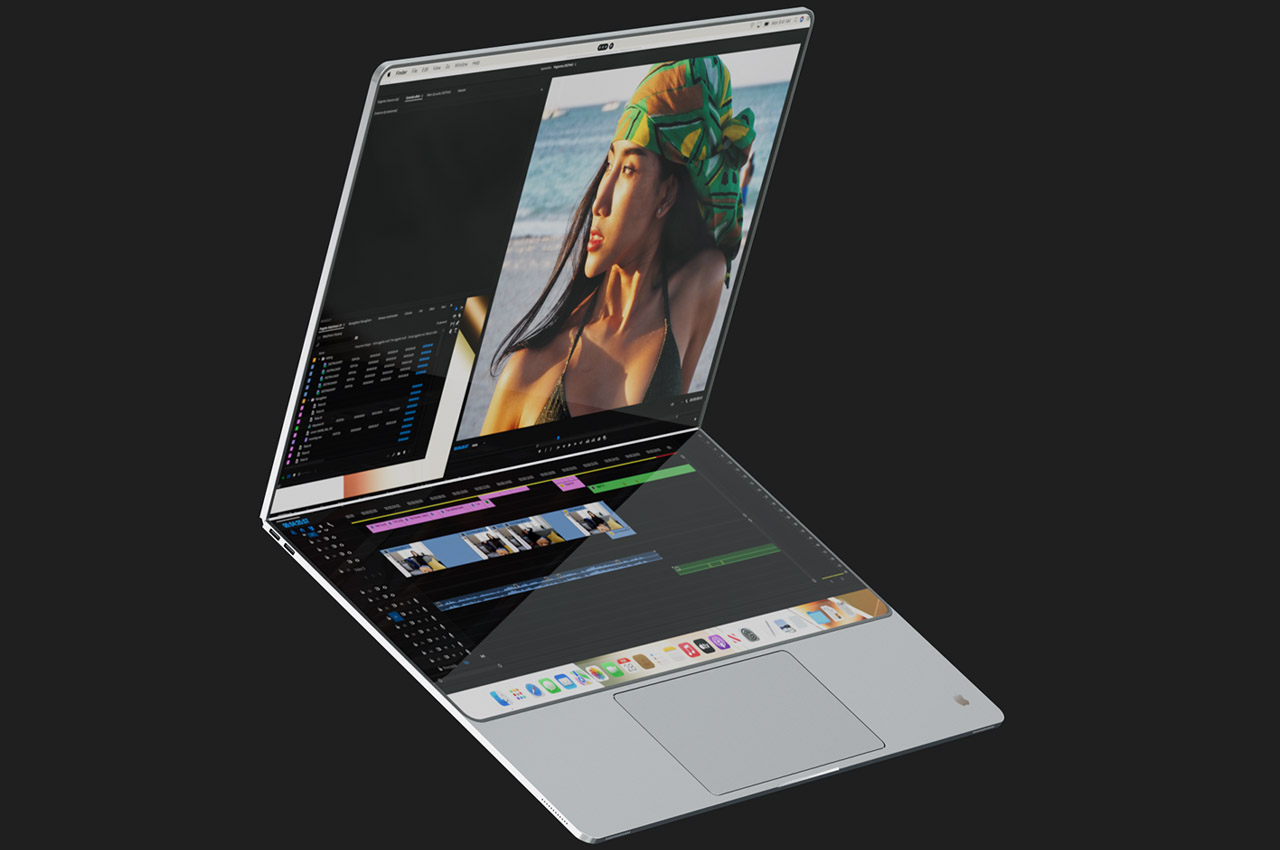
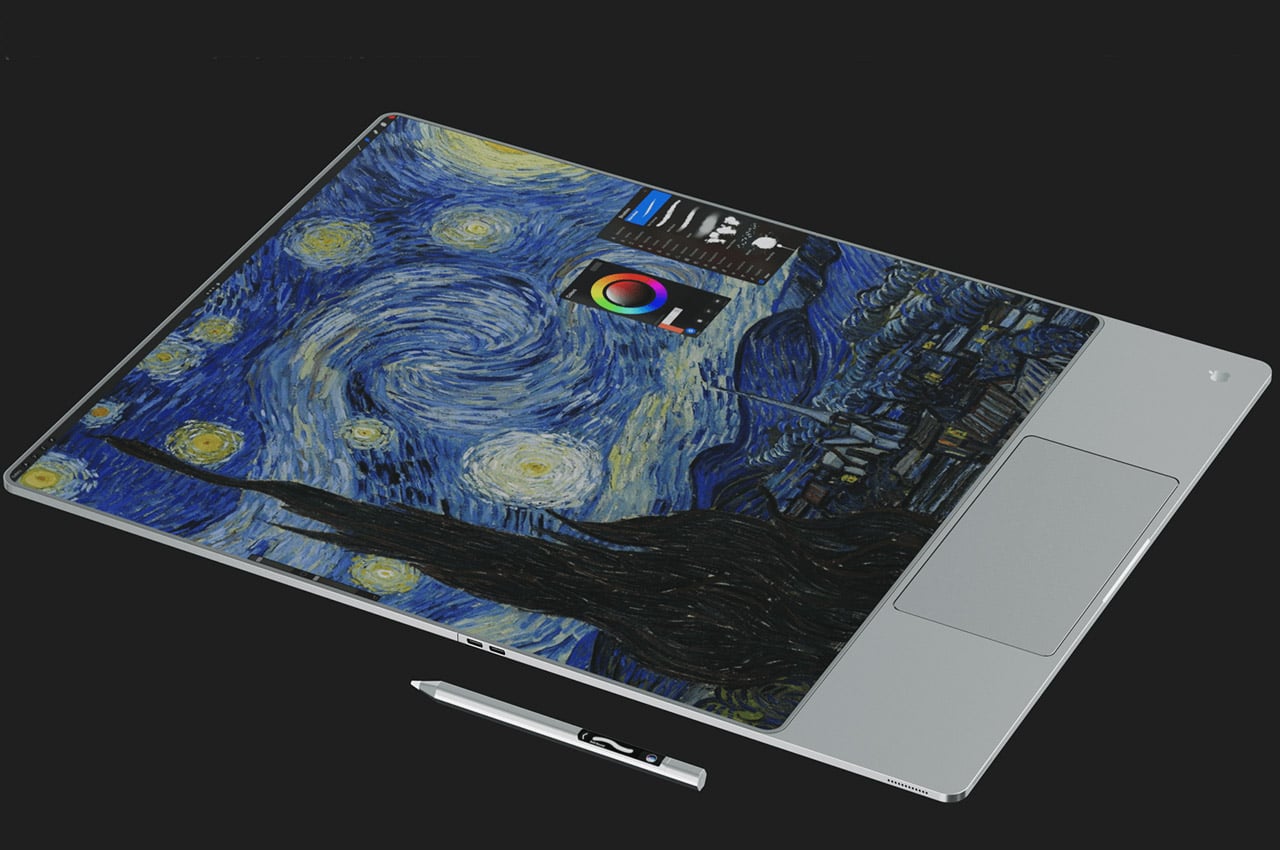
Meet the All-Screen Apple MacBook concept! This design is a whole other kind of MacBook, one that we haven’t seen before. It supports TouchID (as a slide button), a trimmed version of FaceID, as well as an AirPen to doodle and write on the massive screen. The display is entirely foldable, and it doesn’t have a physical keyboard, but it does feature a digital keyboard with haptic feedback for the real typing experience. This unique device will have dual usage – it could serve as an iPad when folded, and a full-fledged laptop when open.
10. Apple Watch Series X
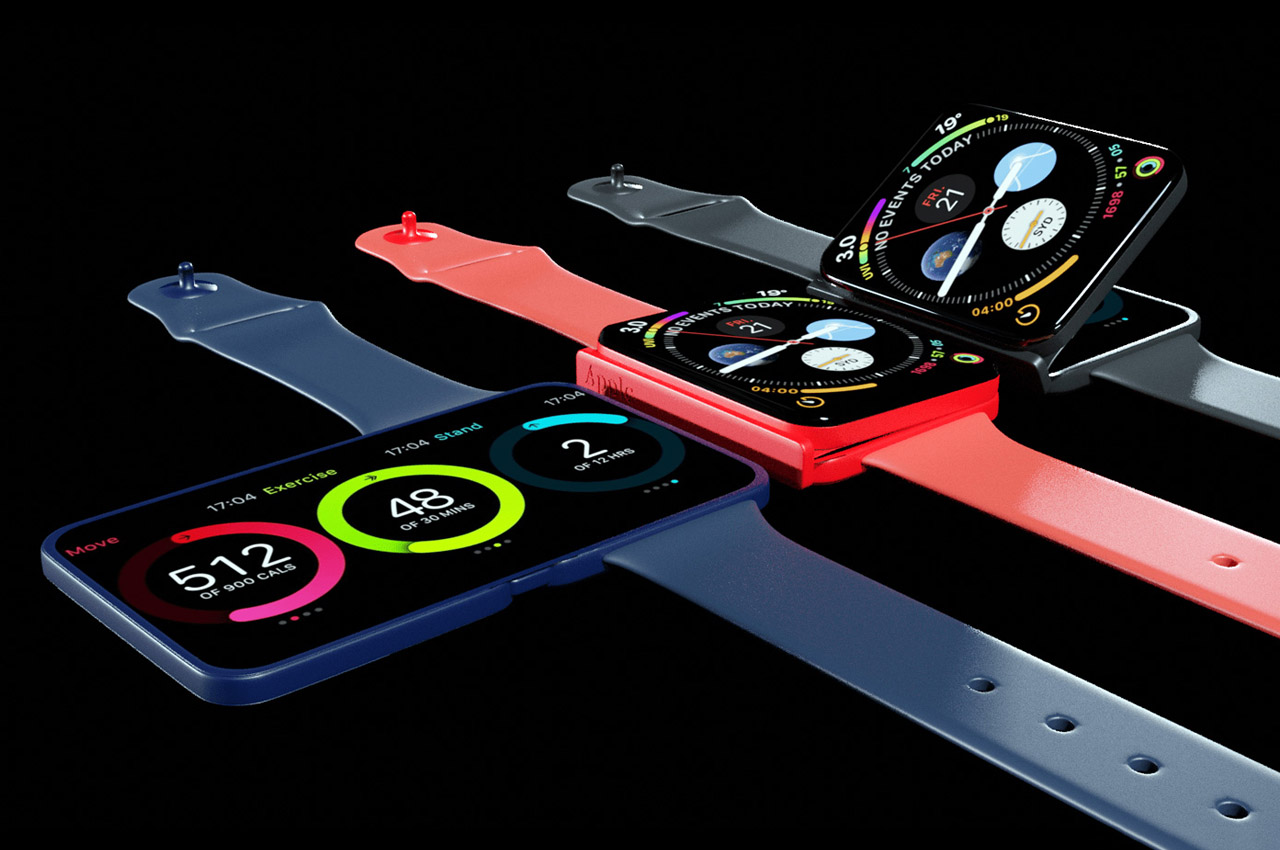
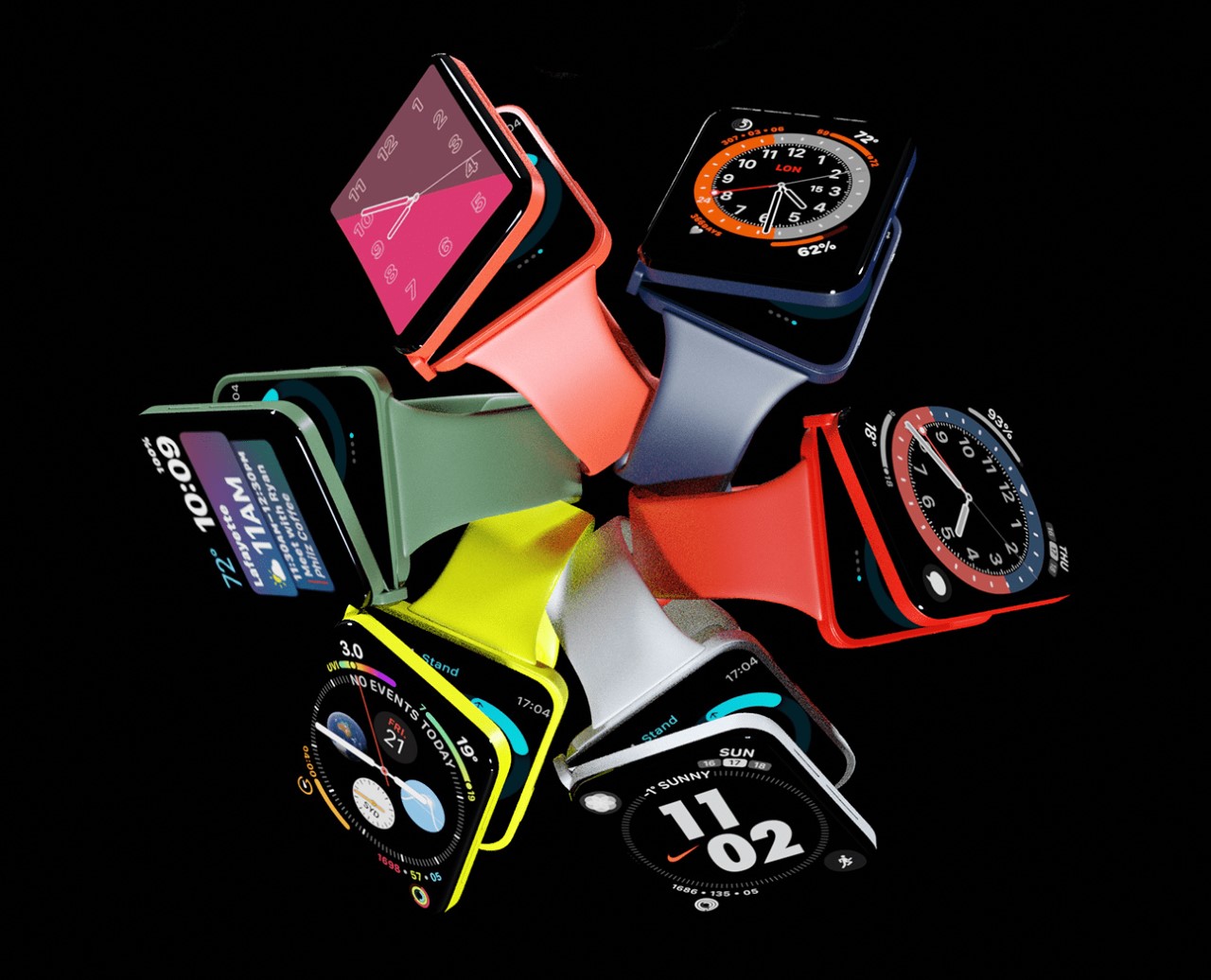
Dubbed the Apple Watch Series X, this super cool and interesting conceptual design is an innovative smartwatch with a large folding screen. This allows you to use the watch as a de-facto iPhone! The Apple Watch Series X is like other regular foldable on the market since it features a primary screen on the front, which can be gently opened like a book to reveal a ‘larger’ secondary screen on the inside, serving as a smartwatch and a smartphone.
The post 10 Best Next-Gen Apple Concepts That Could Revolutionize Tech first appeared on Yanko Design.




